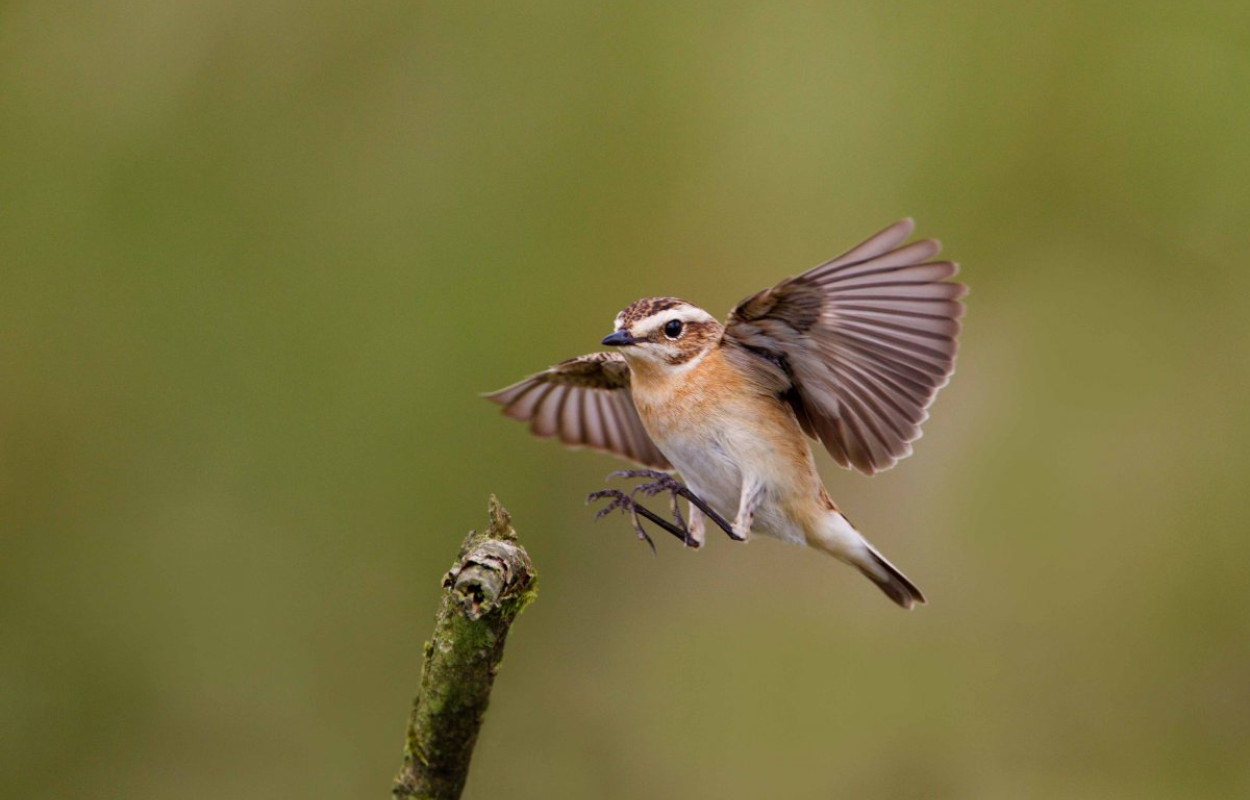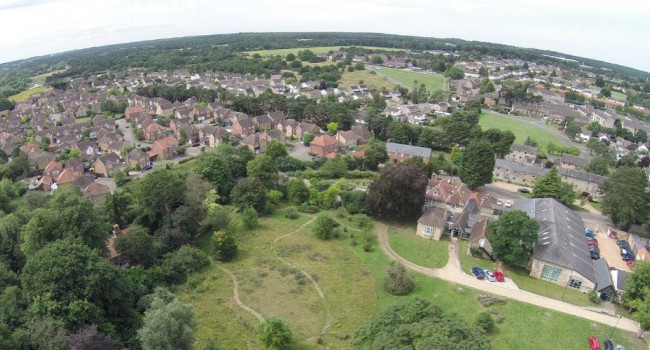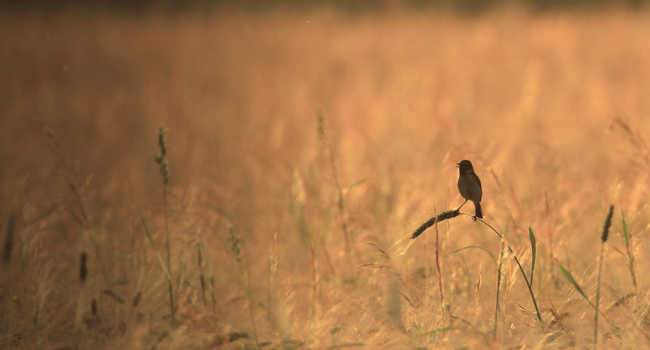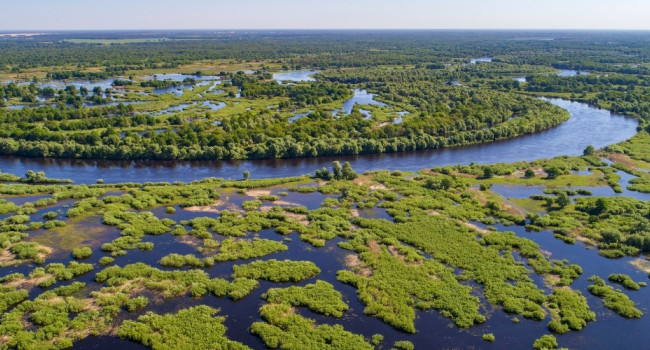Characterising demographic contributions to observed population change in a declining migrant bird

Author(s): Border, J.A., Henderson, I.G., Ash, D. & Hartley, I.R.
Published: July 2017 Pages: 11pp
Journal: Journal of Avian Biology Volume: 48
Digital Identifier No. (DOI): 10.1111/jav.01305
Download article 428.77 KB application/pdf
A new study by the BTO and the University of Lancaster focused on the Whinchat population of Salisbury Plain (Wiltshire), which has remained relatively stable against the declining European trend. From 2010 to 2014 Whinchats were studied in detail to measure demographic rates. Adults and nestlings were colour-ringed to calculate survival rates for adult and first year birds, while nests were found and monitored to measure breeding success. Intensive surveys to census Whinchats and re-sight colour-ringed birds were also carried out each year, which allowed natal and breeding dispersal to be calculated, i.e. how close to their previous year’s hatching site or nest site, respectively, Whinchats return.
These demographic rates were then used to build a population model to show how both on-site and external factors contribute to population change. Surprisingly, considering the relative stability of the population, the study identified low seasonal breeding success due to nocturnal predation and low apparent first year survival. This indicated a declining population trend. However, this trend was not reflected in the observed census counts, suggesting that high immigration from other UK breeding populations was probably balancing this decline.
The study demonstrates the potential of high quality breeding habitat, such as that on Salisbury Plain, to lower the rate of population decline. However, due to this population’s reliance on immigration, it will remain vulnerable in the future if the decrease in the wider UK population continues to reduce the pool of potential newcomers.
The results suggest that focusing conservation action on improving breeding success is likely to be an important immediate conservation strategy for Whinchats in Europe. In the long term, greater research emphasis is needed on migrant birds generally, as well as the factors that influence their immigration. It should also concentrate on separating first year fledglings’ dispersal and survival rates. Lastly, and importantly, it should focus on understanding the relationship between changes in demographic rates and the population trend in Whinchats, which could have implications for the conservation of wider Afro-Palearctic migrants as a whole.
Notes
Thanks to the Ministry of Defence, especially Lisa Wade and Jeff Elson for their cooperation and support and Rob Robinson and Stephen Baillie (BTO) for helpful advice.
This project was funded by the Natural Environment Research Council (NE/J500161/1) and the British Trust for Ornithology.








Share this page